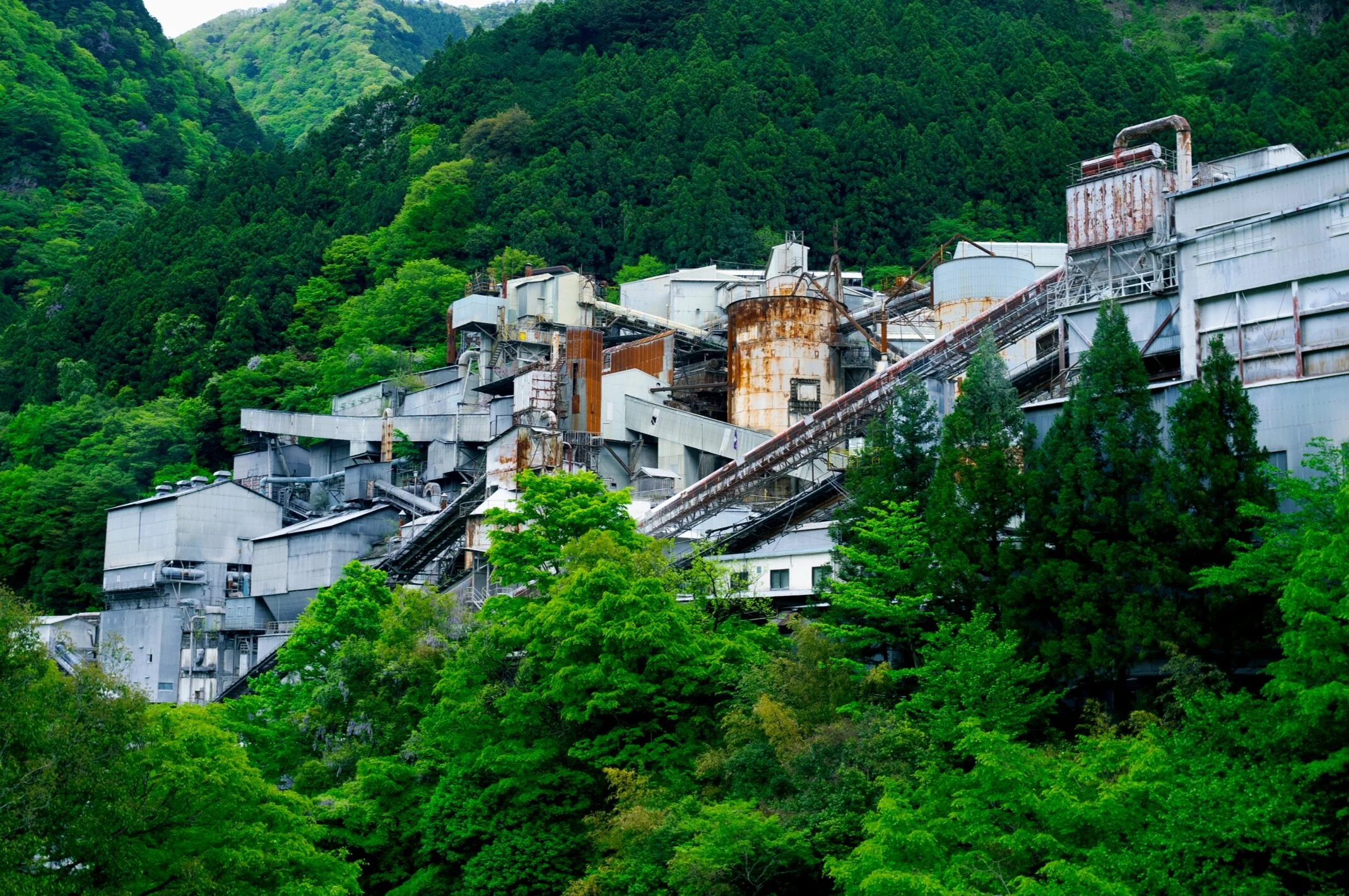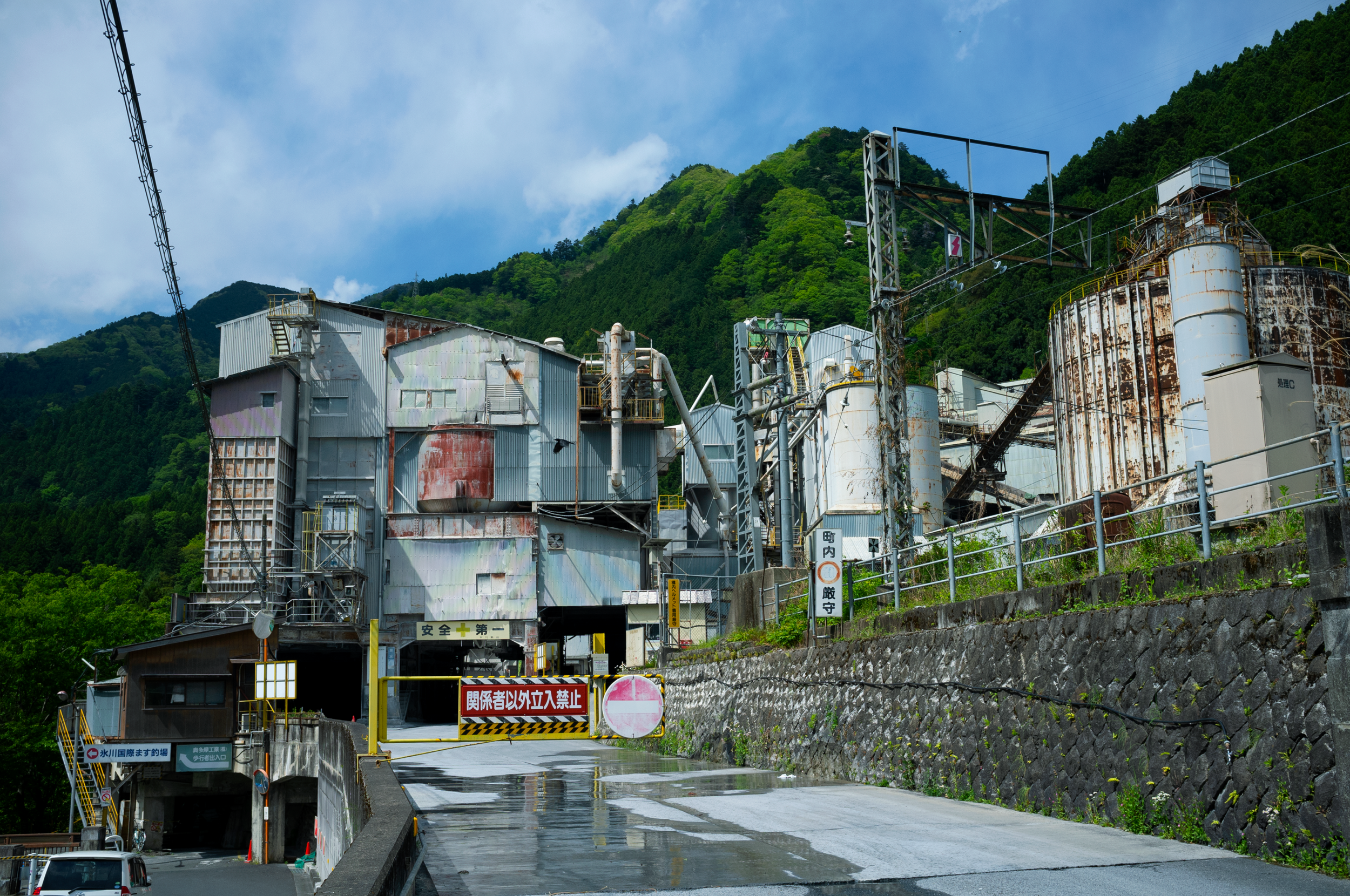OKUTAMA: An interface between nature & architecture
Japan’s ‘natural architecture’
It’s no secret that Japanese architecture has a tendency to focus more on nature and the environment around it than most other cultures. Researchers such as Salvator-John Liotta have dedicated entire papers to exploring the relationship between the built and the natural in Japan. The likes of Sou Fujimoto, Kengo Kuma & Tadao Ando have become architectural celebrities through their deft ability to create awe-inspiring structures of concrete & steel that somehow manage to remain in perfect harmony with the surrounding environment. Case in point are Ando’s Chichu Art Museum & Fujimoto’s House of Hungarian Music.
tadao ando’s chichu art museum | source: bennesse art site official website
The Chichu Museum (located in Naoshima, Japan) is an enormous, naturally lit subterranean complex boasting artworks by Calude Monet, Walter De Maria & James Turrell. Despite the vast volumes of concrete used in it’s construction, Ando has avoided major visual impact to the surrounding landscape by burying the structure entirely underground. In this way, it completely rethinks the typical relationship between a built structure and the environment.
While Ando’s structure finds a way to hide itself in the environment, Fujimoto’s becomes part of it. The main feature of the Hungarian House of Music in Budapest is an expansive, undulating roof. Fujimoto has purposefully created large holes in this canopy to allow trees to penetrate and grow through the structure. In doing so, Fujimoto completely blurs the line between structure and nature.
sou fujimoto’s house of hungarian music | source: metalocus
However, there is an inclination towards only focusing on architecture and structures such as these two in which the structural-environmental boundary is intentionally toyed with. When it comes to Japan though, we need only look at our doorstep to see countless examples of this interaction.
Okutama: a case study
Okutama, about 2 hours west of Tokyo on the Chuo Line, is an area that’s hugely popular as a day trip due to its interconnecting valleys & rivers, lakes and lush mountains. It’s generally known as a hotspot for camping and white water rafting and isn’t really thought of as an architectural hotspot. But while there may not be any structures designed by world renowned architects here, its a perfect case study in Japan’s relationship between the built and the natural.
okutama fire station
The area is dotted with the typical brutalist, public buildings that are seen all over Japan - city halls, fire stations and hospitals. These structures, as in Tokyo, are more often than not just hulking masses of concrete consisting of nothing but jagged right angles. As a rural region, Okutama’s economy also relies largely on industry (especially power generation & water distribution) and the valleys are littered with factories & plants that seem to have been hastily formed from a cluster of steel, corrugated iron and concrete.
It’s hard to think of something less natural looking than government buildings and industrial spaces and yet they all manage to blend seamlessly into the landscape, nestled between the towering Japanese pines overhead and the rushing waters below.
okutama city hall
It’s difficult to put your finger on how exactly this balance is achieved when it’s seen to fail in so many other countries. It essentially boils down to a nuanced understanding and respect for the natural landscape. This is often explained away with a broadstrokes, orientalist description of Japan’s historic Shinto nature worship. Perhaps theres an element of truth to that but whatever the reason, Japanese architects seem to have a far superior spatial understanding of the environment.
There’s no technical difference between the concrete buildings seen in Okutama and those seen anywhere else in the world. Yet, the positioning of such structures in Japan never obstructs a natural view, never intrudes on any part of the terrain nor does it seem to have any real net impact on the landscape. Buildings are arranged so as to follow the path of least resistance rather than trying to bend nature to the needs of man. It’s as if the buildings are constructed in the exact spot that was always meant for them.
minami-hikawa bridge, okutama
Obviously the works of boundary pushing, international architects such as Fujimoto and Ando are going to explore the artificial-natural interface in a more eye catching manner. However, it’s fascinating that even by looking at a non-descript fire station in Okutama, the symbiosis between nature & architecture is clear. It’s evident that this boundary and the way it is managed is a concept that runs to the very core of Japanese design. Next time you find yourself outside of the urban centers of Japan, take a look around and observe the way in which the built environment fuses into the surroundings - you wont be able to miss it.








